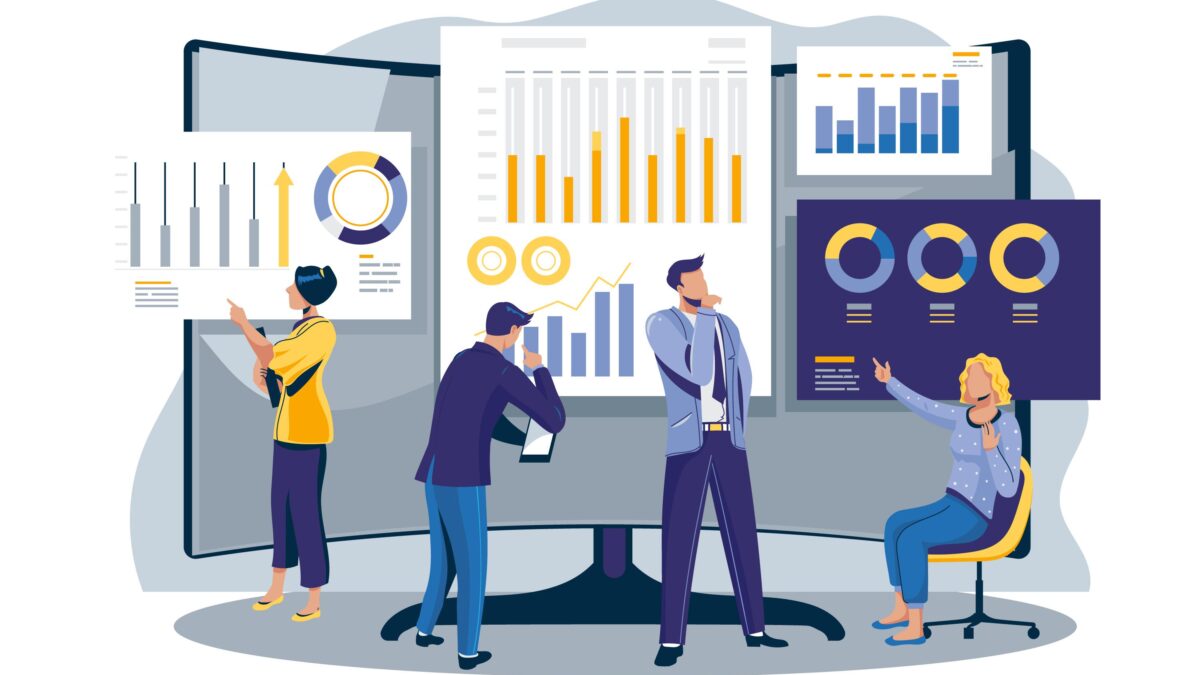Previously, Forrester forecasted that companies would either need to learn to embrace customer analytics and quantify the business effect of customer experience (CX) projects or risk being compromised.
According to another Adobe study, organizations that are labeled “CX leaders” are three times more likely to have surpassed their business objectives. While many predictions are little more than fantasy, Forrester, Adobe, and others get it right when it comes to customer experience.
From banking and insurance to healthcare, transportation, and retail, the customer experience is a competitive advantage in every business.
This article will show how customer analytics solutions are the new competitive edge.
What is Customer Analytics?
As the name implies, customer analytics is concerned with evaluating a customer database. Market segmentation, predictive analysis, data visualization, information management, and other techniques are used to leverage data acquired from consumer behavior as guides to making crucial business choices.
The data gained from the study is utilized to plan direct marketing, site selection, and CRM strategies.
Customer analytics, also known as Customer Data Analytics, is a systematic analysis of a company’s customer database and activity to find, attract, and retain customers.
Customer Analytics Trends That Will Reshape Customer Experience
Data & Privacy
Currently, we’re witnessing a spike in interest in online data and security measures, which may not come as a surprise to you. Customers have learned their lesson this year regarding data and privacy.
They are more aware of how their data is used these days, and as a result, they are less likely to submit unnecessary data unless there is a compelling cause. When conducting surveys, you should always emphasize, “If you don’t need to know, don’t ask.”
Marketers used to gather whatever information they could get their hands on, keeping the average customer in the dark about how their data was being utilized; it’s now going to change.
Customer Service Automation
Customers’ happiness with the quantity and quality of services businesses deliver is critical to their overall experience. Customers are less inclined to give a company a high rating if they know they’ll be put on wait for an extended period, shuffled between many departments, or wind up speaking with inexperienced advisers who can’t help them solve their problems.
To address some of these problems, automated call handling systems were developed. Still, they didn’t always operate as intended, as callers were more impatient navigating menus or engaging with hit-or-miss speech recognition technology. To tackle these difficulties, companies depend on their ability to enhance current systems with AI — for example, customer service chatbots that employ natural language processing (NLP).
Personalized Experience
Customer experience analytics includes creating successful segments for your target market and determining what they respond best to—the more personalized the consumer experience and transaction, the better.
Customers have interests that aren’t always obvious to companies. You may be losing out on crucial chances if you simply inquire about what you know rather than getting all the info you can about your consumers.
Reduced Customer Churn
If the first sign that your consumers are unhappy appears until after they depart, you have a significant problem on your hands.
Customer churn should not be the only metric used to evaluate customer relationships. Your staff should be able to see patterns that suggest dissatisfied consumers and track down the source.
More Intelligent Products & Services
Thanks to the IoT and wearables revolution, the devices we carry and interact with are becoming more capable of acquiring data from us and our world.
Customer-focused businesses are fast discovering how to leverage this data to increase the depth and usability of our interactions with customers.
In Conclusion-
Customer experience management, as you can see, is becoming increasingly complex. In recent years, the evolution of customer experience has advanced, and we’ve seen a rise in the need for individualized but effortless encounters.
Given that the epidemic compelled companies and customers to change their behavior forever, this is understandable. If businesses are to succeed, they must now invest in the appropriate technology and solutions to deal with the ever-changing role of consumer behavior.
If you are interested in learning more about customer analytics and how it can reshape the customer experience, SG Analytics is the place to contact. With SGA’s customer analytics services, you can streamline and boost your customer experience strategy.


